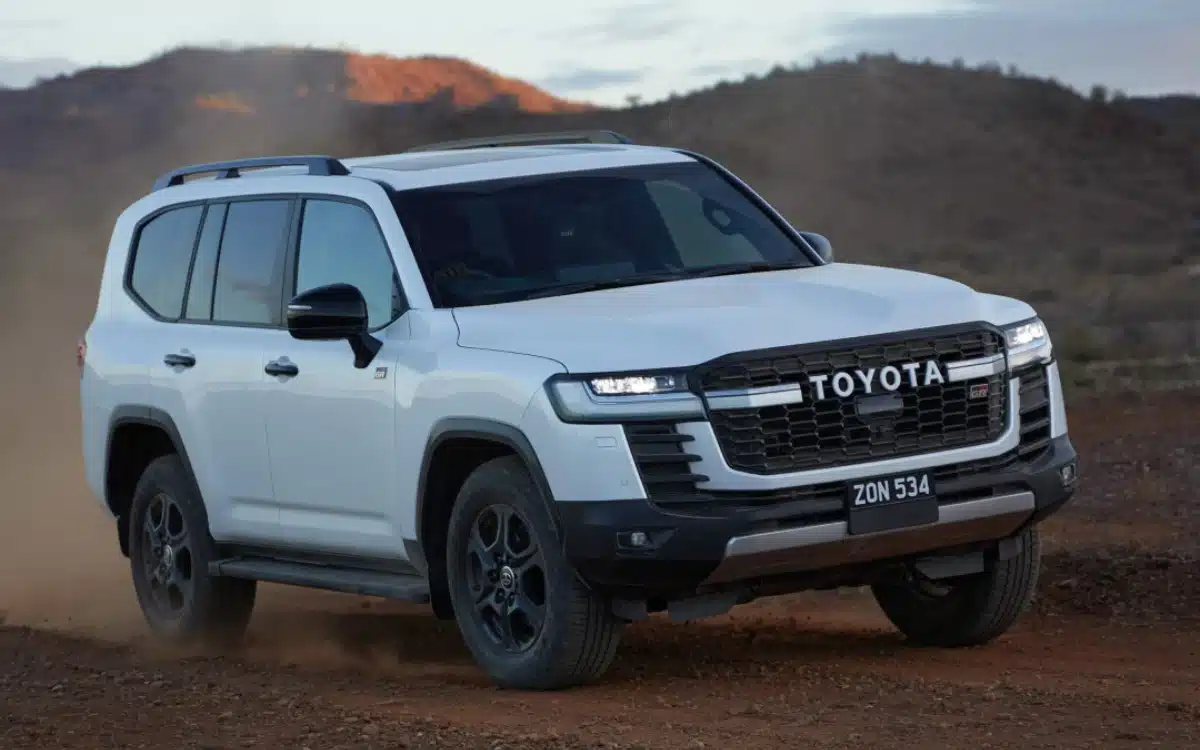could markets and/or politics disrupt the ECB’s soft landing? – SocGen
The post could markets and/or politics disrupt the ECB’s soft landing? – SocGen appeared on BitcoinEthereumNews.com. Anatoli Annenkov of Société Générale notes that threats to the Eurozone’s “soft landing” economic outlook loom over the horizon, as well as upside risks to inflation. On Our Minds: Euro Area Having mainly used the short-term policy rate to tighten policy, the increases seen at the long end of the yield curve since the last meeting seem increasingly important for the ECB… the ECB should be on hold for now until clearer visibility emerges over the outlook, possibly not before March next year. Last month, the ECB surprised us by suggesting that no further rate hikes might be needed, even before a clear turnaround in core inflation and without having a defined tool to communicate an expected rate path… We have long been concerned about the limited transmission of tighter policy to the long end of the yield curve, supported by tepid QT. Long-term bond yields continued to rise after the September meeting. The Bund was up by nearly 40bp until early October, driven by a combination of a supply/demand mismatch, inflation concerns and fears of ‘higher-for-longer’. The rise, and risk of further increases, in long-term yields is likely to quell calls for more policy tightening in the near term. Moreover, data have mostly supported the planned pause in tightening. The next set of data on the state of the economy will only be available after the October meeting (full set of 3Q GDP by early December) and with core inflation widely expected to continue moderating this autumn, the March ECB staff projections next year may be the next best time to assess the outlook. The ECB has generally downplayed QT as a tool for fighting inflation but as policy normalises, we see slightly higher QT flows next spring (ending full reinvestments of the PEPP), after the review of the operational framework. …

The post could markets and/or politics disrupt the ECB’s soft landing? – SocGen appeared on BitcoinEthereumNews.com.
Anatoli Annenkov of Société Générale notes that threats to the Eurozone’s “soft landing” economic outlook loom over the horizon, as well as upside risks to inflation. On Our Minds: Euro Area Having mainly used the short-term policy rate to tighten policy, the increases seen at the long end of the yield curve since the last meeting seem increasingly important for the ECB… the ECB should be on hold for now until clearer visibility emerges over the outlook, possibly not before March next year. Last month, the ECB surprised us by suggesting that no further rate hikes might be needed, even before a clear turnaround in core inflation and without having a defined tool to communicate an expected rate path… We have long been concerned about the limited transmission of tighter policy to the long end of the yield curve, supported by tepid QT. Long-term bond yields continued to rise after the September meeting. The Bund was up by nearly 40bp until early October, driven by a combination of a supply/demand mismatch, inflation concerns and fears of ‘higher-for-longer’. The rise, and risk of further increases, in long-term yields is likely to quell calls for more policy tightening in the near term. Moreover, data have mostly supported the planned pause in tightening. The next set of data on the state of the economy will only be available after the October meeting (full set of 3Q GDP by early December) and with core inflation widely expected to continue moderating this autumn, the March ECB staff projections next year may be the next best time to assess the outlook. The ECB has generally downplayed QT as a tool for fighting inflation but as policy normalises, we see slightly higher QT flows next spring (ending full reinvestments of the PEPP), after the review of the operational framework. …
What's Your Reaction?











































